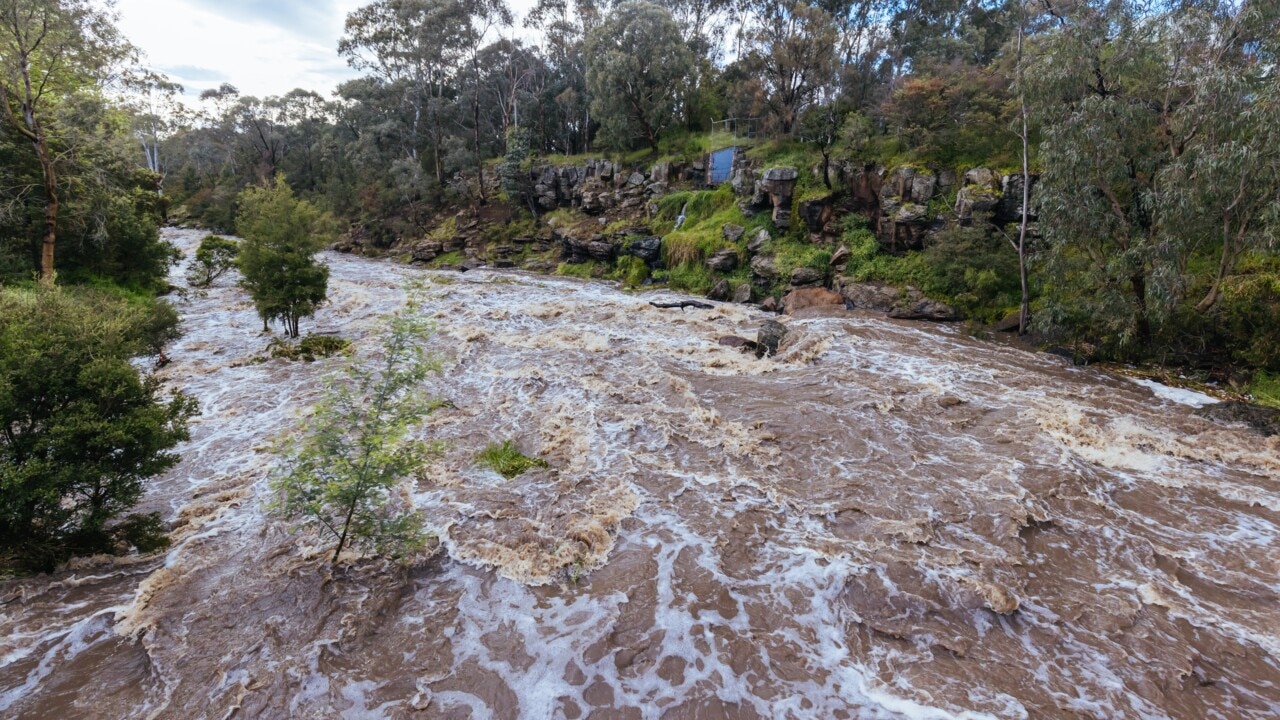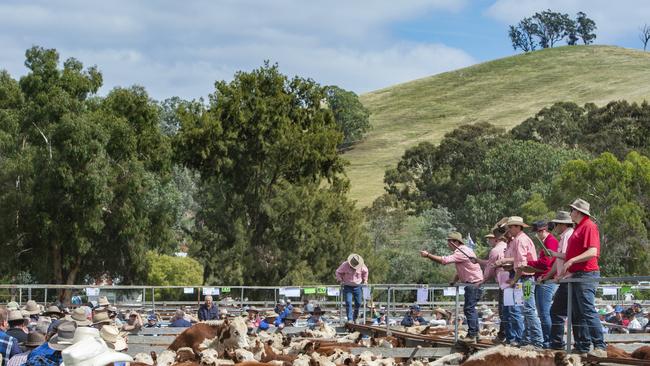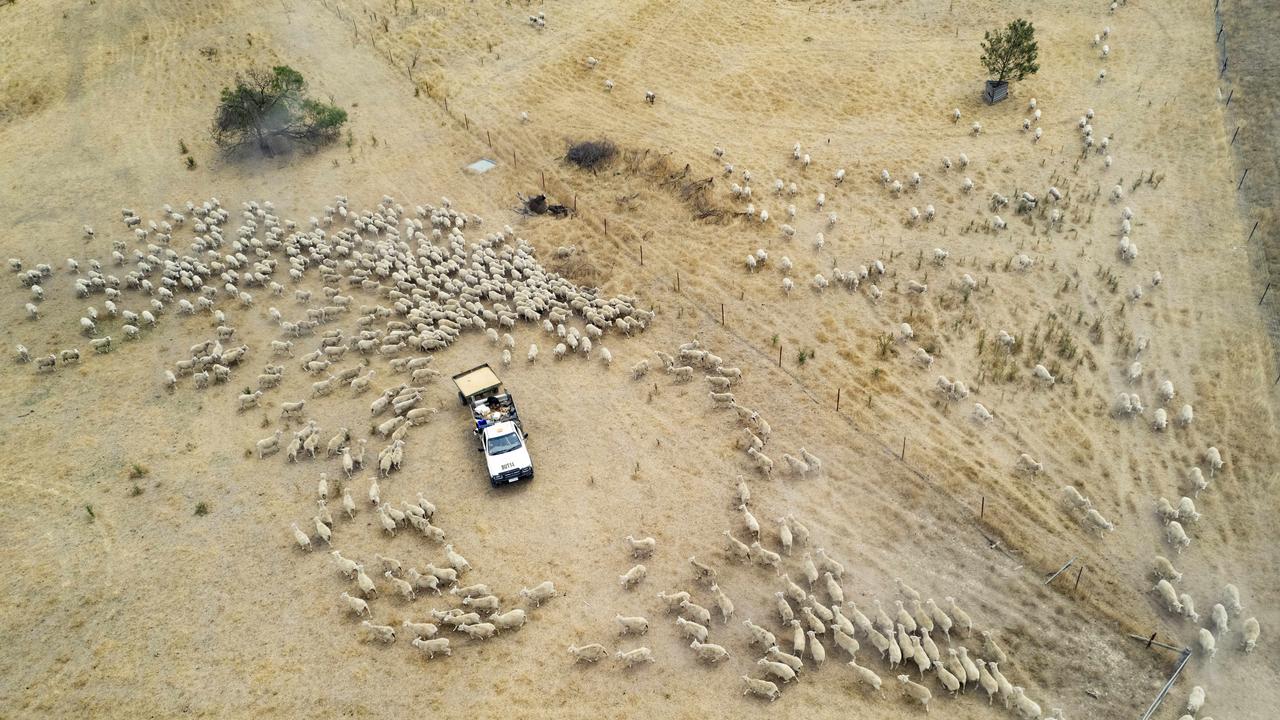East Gippsland: Omeo already had 23 per cent of annual average rainfall
The Bureau has tipped drier conditions across the majority of the state in their long-range forecast for autumn, but one region is expected to fare better.

East Gippsland is the only regional Victorian district forecast to have a reasonable amount of autumn rain, according to the Bureau of Meteorology.
The BOM’s long-range autumn forecast released last week revealed there was a 60 to 75 per cent chance of below median rainfall for most of Victoria, excluding East Gippsland, where there is “roughly equal chance” of above or below median rainfall.
While there was no rain in many parts of western Victoria in February after big falls in January, some East Gippsland towns had healthy falls in both months.
Omeo, where the 84th Mountain Cattle Sales are taking place this week, had 64.8mm in February following 80.6mm in January.

The two-month total of 145.4mm represents 23 per cent of its long-term average of 638mm.
Bairnsdale had 50.6mm in January followed by 28.2mm in February.
Further east at Gabo Island there was 111mm in January, but only 17.8mm in February.
“It is important to understand that weather forecasts, especially long-range ones, are probabilistic in nature and always carry a certain degree of uncertainty,” a BOM spokesman said.
Kerang has had 42 per cent of its annual average of rainfall from the first two months of year, helped along by 145.6mm in January.
Summer rainfall was 18.9 per cent above the 1961–1990 average for Australia as a whole.
It was above average for large parts of the eastern two-thirds of the mainland.
But areas in western and central Western Australia, southern Northern Territory and Tasmania had a drier than average summer.
The hottest day of summer of 49.9 degrees was recorded at Carnarvon airport on February 18 and the coldest day of 4.6 degrees was recorded at Mt Read in Tasmania on December 30.




